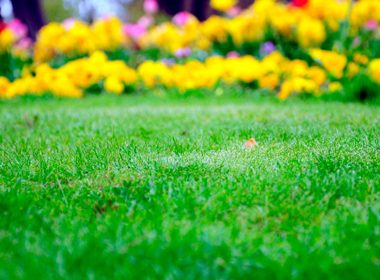
Hose Less
Water once or twice a week instead of every day. This forces grass roots to grow deeper as they search for more water. Longer roots will serve a lawn well on the hottest of summer days and during times of drought. Wait until the grass is showing slight signs of wilt to turn on the sprinkle because grass only needs about 2.5 to 4 centimeters of water a week to thoroughly wet the root zone, which is the key to greener grass. Use a bucket or a rain gauge to see how long it takes your sprinkler to put out an inch of water, or to measure how much you got in that last spring shower.
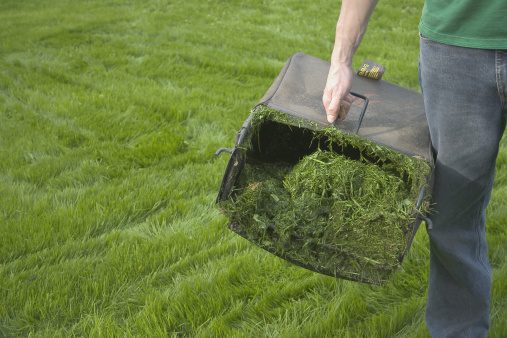
Mulch, Mulch, Baby
Don’t collect and throw out your clippings. Use the sheared grass to help fertilize your lawn. If your mower has a mulch setting, use it. Short grass clippings feed your lawn as they decompose. A season’s worth of clippings is the equivalent of about two pounds of nitrogen–half of what your lawn needs for the entire season.
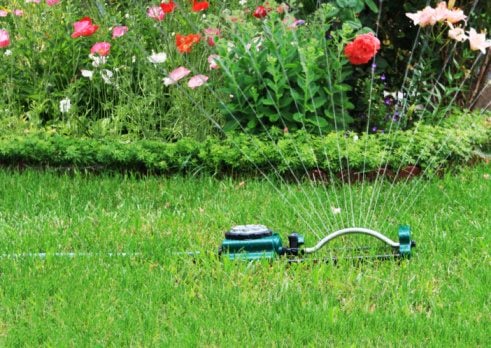
Soak Before Sunrise
Around 5 a.m. is a good time to water your lawn. Your grass gets a good soaking then because you don’t lose much water to evaporation. At the same time, you wash away early morning dew, which can be a breeding ground for fungal diseases that affect grass. Don’t worry, you don’t have to get up. Buy an electronic hose timer you can program on a weekly basis (available at most garden supply centers), and set it to keep farmer’s hours.
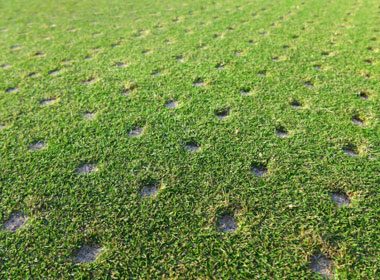
Aerate Soil
Aeration is a simple concept: You drill lots of little holes all over your yard to allow more oxygen into the ground and to give your grass better access to water and nutrients. If your lawn gets a lot of foot traffic (which compacts the soil and literally chokes off the grass roots), you need to aerate it once a year. The best season is the fall, but you can still do it this spring. You’ll need a core aerating machine that can pull soil plugs at least 3 centimeters deep. It’s a day’s worth of hard work, but it really makes a big difference.
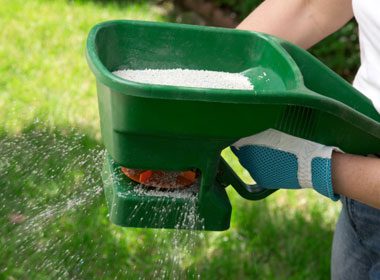
Fertilize With Precision
Many people guess at what is the right amount of fertilizer to put down. That’s a mistake. Use too little, you’ve wasted your time and money; use too much, you’ve burned your lawn. To get to the right amount, do the math. Most fertilizers are sold in bags that cover at least 500 square meters. Calculate your lawn’s area using a pre-measured length of rope. From that, figure out how much of the fertilizer you’ll need. Look for a fertilizer that contains at least 35 percent of its total nitrogen as water insoluble, or slow release. It may cost you a little more, but the slow-release nitrogen will keep your grass greener, longer.
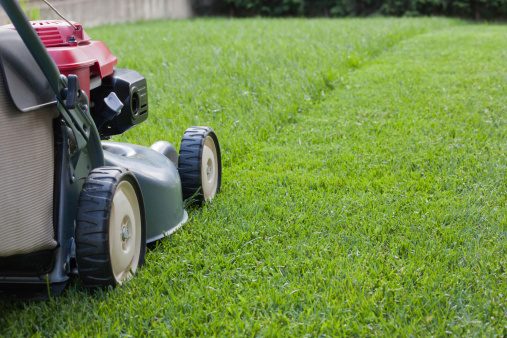
Raise the Blade
Set your mower blade at about 6 to 7.5 centimeters – typically the highest setting on your mower. Longer grass means deeper roots, which gives your lawn greater access to the nutrients and water that keep it nice and green. And as a related rule, never cut more than one-third off the top of your grass in one mowing. It may be harder to see where you just mowed, but anything beyond a trim can stunt grass growth and make your lawn look thin.
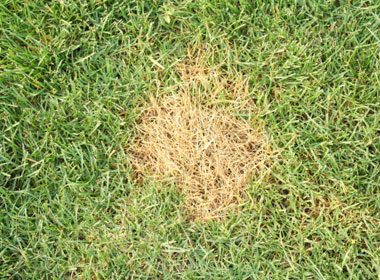
Patch Bare Spots
To ensure that the ground is warm enough for germination, use compost in your seed mix. The compost will absorb sunlight and help warm up the ground for faster germination. It also helps hold moisture. For best results, try a mixture of potting soil, compost and grass seed. Prep the ground by loosening the soil with a hard rake. Soil to seed contact is key to good germination. Put down your seed mix. Keep the area moist until you see signs of life, and keep foot traffic to a minimum until it takes off.